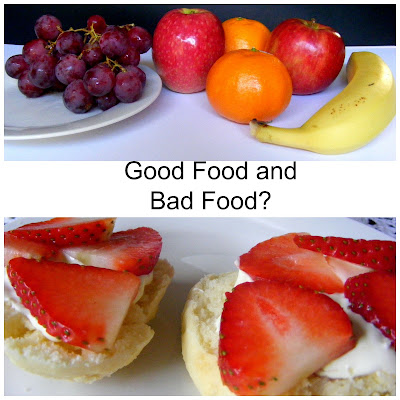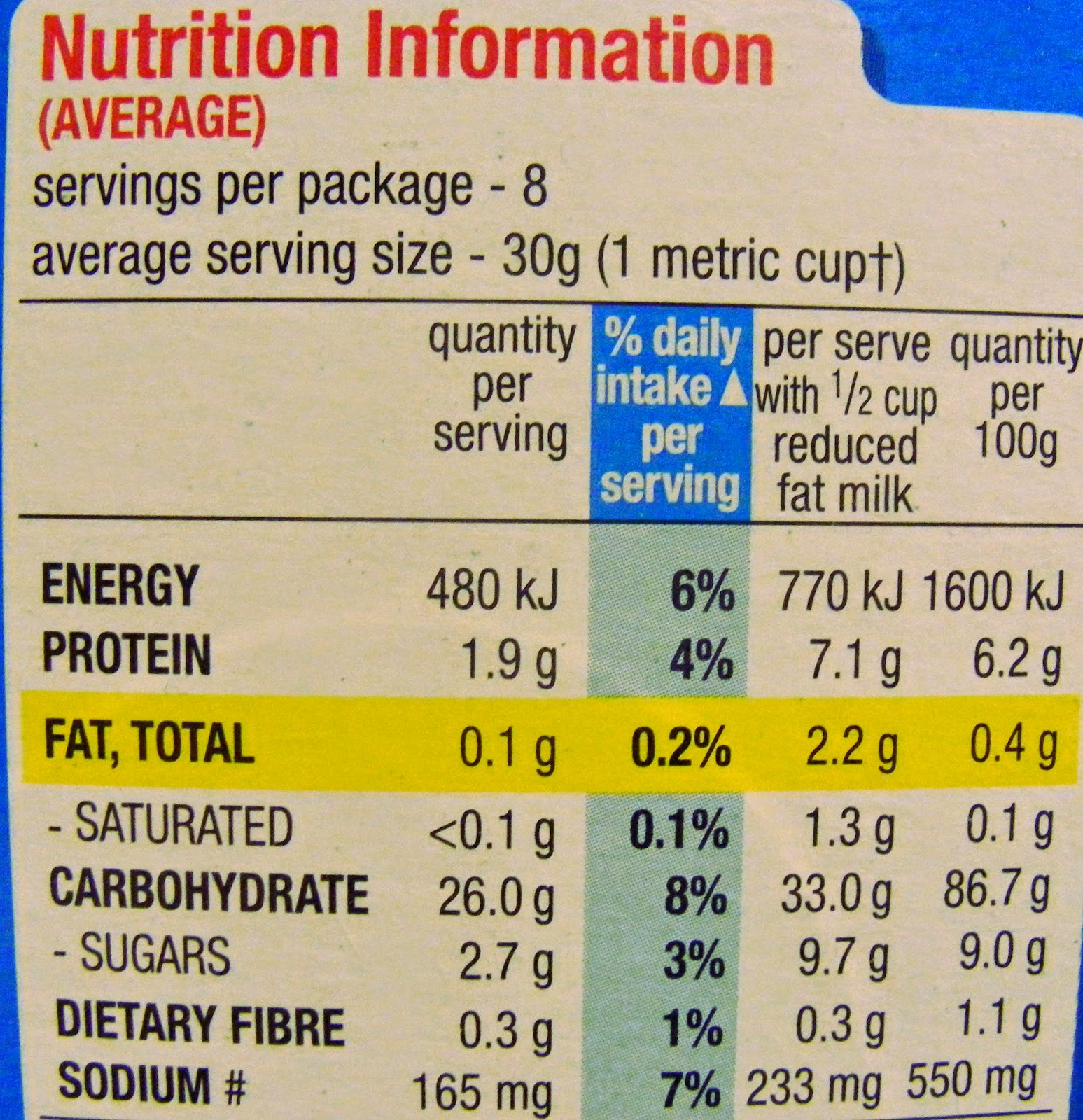Good Food And Bad Food? | How to manage temptation
Have you ever eaten something that you considered a bad food and then felt guilty or regretted eating it? You aren’t the only one. Every where I turn there seems to be an obsession with ‘good’ food and ‘clean’ eating. These so called ‘bad’ food are made to look like the devil. While that may be a little dramatic I’m sure you all know what I’m talking about.
You may be surprised but there are actually no ‘good’
or ‘bad’ foods. Some foods should be eaten more often than others but that
doesn’t make them bad. These ‘bad’ foods are better referred to as ‘sometimes’
foods. Entire macronutrients
(carbohydrates, fats, protein, alcohol) can be seen as bad depending who you ask,
carbohydrates are said to cause weight gain and fats give you heart attacks. In reality
both of these nutrients are essential to our health. Carbohydrates are an
excellent source of energy, fats are essential for carrying certain nutrients
around the body the list goes on. It is more about making the wise
choices from within each food group to create a healthy diet rather than avoiding a food group altogether. If you ate too
much of anything including vegetables you would eventually gain weight.
Sometimes foods usually fall under the discretionary foods
category in the nutrition guide lines. These are characterised by high amounts
of saturated fat, sugar, salt and alcohol. Eating these foods in moderation and
having sensible portion sizes is the key to enjoying these sometimes foods and
not negatively impacting your health. If you are trying to lose weight it isn’t
recommended you include any discretionary foods in your diet, at least not
regularly. If you are a healthy weight you can have a limited number of serves
from the discretionary choices. The recommendation for most people is 0 to 2 ½ serves
from this category per day. However the serving sizes are quite small. For example 1/2 a small chocolate bar (25g), 2 thin sausages or 200mL wine (for more service sizes click here) are considered a serve. The majority of Australians eat from this category too often.
When trying to lose weight it can be hard to avoid sometimes foods completely. So it is important to learn how to cope with situations where you are faced with temptation. Would you give up your favourite food forever if you knew it wasn't good for you? If your answer is no then it is essential that you learn to enjoy your favourite food in a healthy way.
Here are my top tips and coping strategies when you have a tempting sometimes food in front of you.
When trying to lose weight it can be hard to avoid sometimes foods completely. So it is important to learn how to cope with situations where you are faced with temptation. Would you give up your favourite food forever if you knew it wasn't good for you? If your answer is no then it is essential that you learn to enjoy your favourite food in a healthy way.
Here are my top tips and coping strategies when you have a tempting sometimes food in front of you.
- Make it work. If your favourite food is pizza and you have it every Friday night with your family you don’t have to stop participating in that tradition completely. Maybe you can make a healthier pizza using a wholemeal base, lean meats, lots of veg and reduced fat cheese at home and only order takeaway pizza once every second month. When you do order the take away pizza just be smart about how many slices you have.
- It often comes down to saying no. If you are at a party and someone offers you another piece of cake and you aren’t hungry it is actually 100% ok to say no thank you.
- It is also ok to not finish all the food on your plate. Stop eating when you feel satisfied and not full.
- Try to keep the sometimes foods limited to celebrations
- Don’t keep the less healthy foods in your house. That way it is more effort to get your hands on them.
- If you are having something like a chocolate biscuit or chips, take out the portion that you want to eat and put the rest away. This way you are aware of how much you are eating.
- If you are only having small amounts of these sometimes foods make sure you are savouring them. Sit down and enjoy them.
One way to make sure you are really enjoying these sometimes foods when you do have them is to practice mindful eating. This involves really using all of your senses (touch, sight, smell and taste) to enjoy your food. Mindful eating is about eating slowly without distraction, by doing that you have more time to listen to your body (are you feeling satisfied? do you like the flavour? Are you eating because you feel a particular emotion?) and learn to react to the signals it is giving you. You might also find your enjoy the food you are eating more because you are savouring the flavours and therefore don't need to eat as much to feel satisfied.
There are going to be times that you will over
eat on these less healthy foods, we are all only human and no one is perfect.
The most important thing is to be kind to yourself and try to avoid feeling
guilty, chalk it up to a minor slip up. Get back on to your healthy eating as
soon as possible with the aim to do your best. It can be helpful to think of
the reasons why you want to lose weight or eat a healthy diet, what is your
goal? Do you want to be able to keep up with your kids or be healthy for when
you have grandchildren? Do you want to be able to play basketball with your mates
on the weekend or do you just want to feel good about yourself? Whatever it is use that motivation to help you make your food choices.
I hope you have found this helpful and that I have given you some ideas on how to enjoy your favourite foods in moderation. If you have any questions or want to share any of your own tips make sure you leave them in the comments.
Have a nice weekend,
Bridge






Comments
Post a Comment